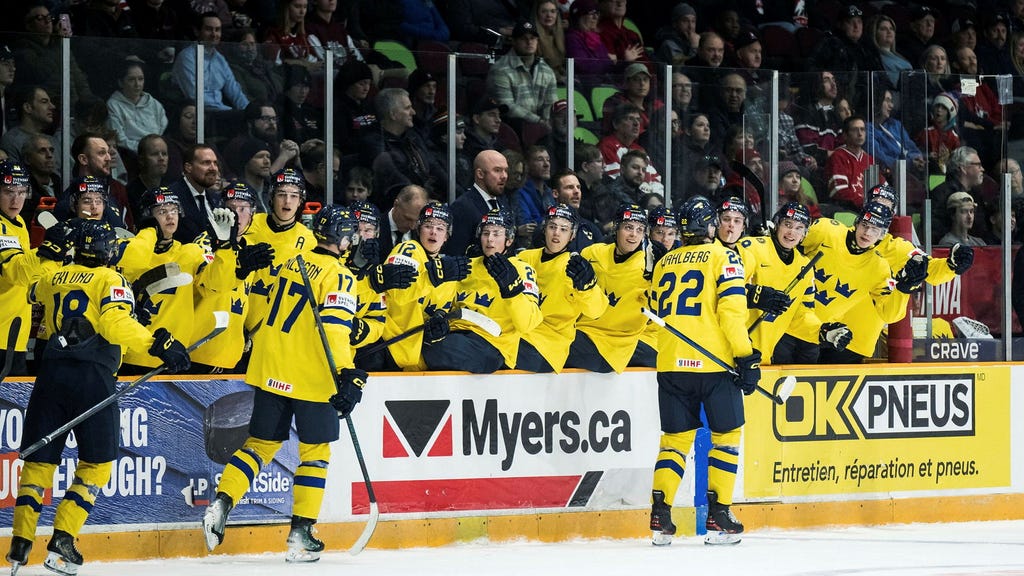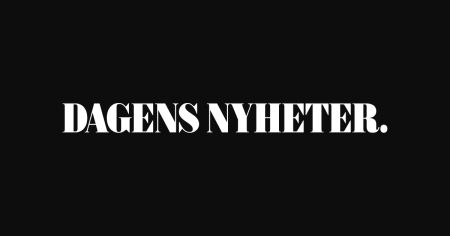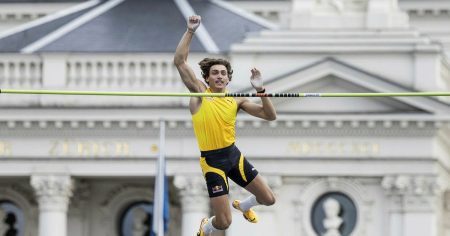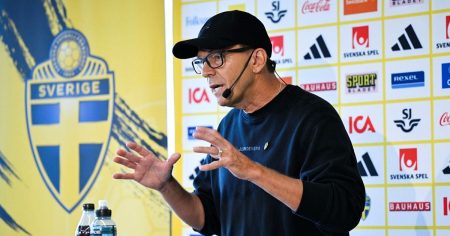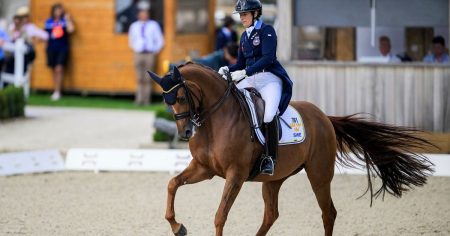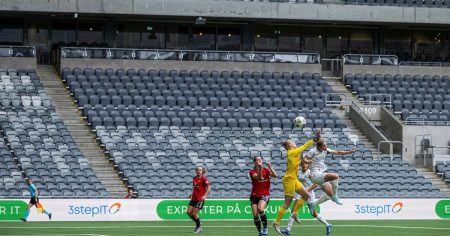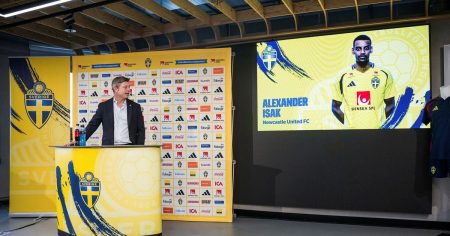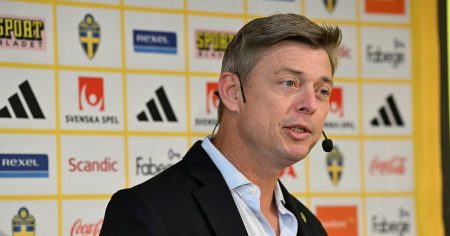The quarter-finals of any championship bring immense pressure, especially for the top-ranked teams. Bearing the weight of medal expectations, these teams seemingly have everything to lose, while their lower-ranked opponents, unburdened by such pressure, have everything to gain. This dynamic was evident in the Junior World Championship quarter-final clash between Sweden and Latvia. For Sweden, a strong start was crucial to alleviate some of the pressure and establish control. They succeeded in achieving this early lead, but the game ultimately unfolded into a nail-biting thriller that kept fans on the edge of their seats.
Sweden’s initial goal arrived in the ninth minute of the first period, courtesy of Skellefteå’s Zeb Forsfjäll. However, the sequence leading up to the goal sparked controversy. A collision between Sweden’s David Granberg and Latvia’s Daniels Serkins left the latter player down on the ice as Forsfjäll capitalized on the ensuing play to score. The Latvian team protested, arguing that the goal should have been disallowed, but the referees remained firm in their decision. This incident fueled Latvian determination, but Sweden quickly doubled their lead just a minute and a half later through Anton Wahlberg’s successful face-off play. Despite the 2-0 deficit, Latvia refused to back down, posing a constant threat with their dangerous counter-attacks.
The second period began with Sweden continuing their dominance, capitalizing on their first power-play opportunity to extend their lead to 3-0. David Edstrom’s goal seemed to further solidify Sweden’s control, and he even found the net again shortly after. However, this time, Latvia challenged the call, and after a thorough video review, the goal was overturned due to an offside infraction. This pivotal moment shifted the momentum of the game. What could have been a commanding 4-0 lead suddenly became a vulnerable 3-0 advantage, and Latvia seized the opportunity, scoring two quick goals to narrow the gap to 3-2 by the end of the second period. The overturned goal proved to be a turning point, injecting new life into the Latvian team and setting the stage for a tense final period.
The third period began with a renewed sense of urgency for Sweden. They needed to regain their composure and restore their two-goal cushion. They launched a relentless offensive, creating numerous scoring opportunities but failing to convert. The Latvian goaltender stood tall, repeatedly thwarting the Swedish attack. As the clock ticked down, the tension in the arena continued to mount. With a slim one-goal lead, Sweden was acutely aware of the threat of a Latvian equalizer.
In the final minute and a half, Latvia pulled their goalie in a desperate attempt to tie the game. The move created a frantic scramble in front of the Swedish net, with both teams battling for possession. The Swedes, however, held firm, displaying resolute defense and weathering the late Latvian onslaught. When the final buzzer sounded, the relief among the Swedish players and fans was palpable. They had survived a scare and secured their place in the semi-finals.
The victory, albeit hard-fought, demonstrated Sweden’s resilience and ability to perform under pressure. Despite Latvia’s spirited comeback, Sweden managed to hold on and secure the win, highlighting their championship pedigree. The close call served as a reminder of the unpredictable nature of tournament hockey and the importance of maintaining focus throughout the game.
With the semi-final berth secured, Sweden could now shift their attention to their next challenge. While the quarter-final victory provided a valuable learning experience about maintaining composure under pressure, the focus would now turn to refining their game plan and preparing for a tougher opponent in the next round. The narrow escape against Latvia undoubtedly served as a wake-up call, emphasizing the need for consistent performance and disciplined play if they were to achieve their ultimate goal of winning the championship.





